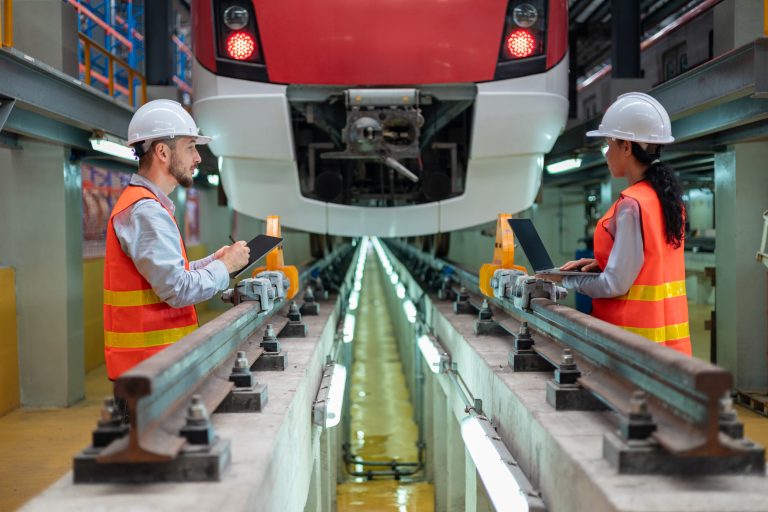Every train, tram or bus functions like clockwork, but only a few commuters would stop to consider how all this works. Many complex engineering projects make public transport possible and make sure your daily commute is reliable, safe and easy to take.
The Unseen Strength Holding It All Together
An engine may create motion, but the very bones of your public transport are made by steadfast materials working under extreme conditions. Trains and buses have to be constructed of durable, resistant and structurally sound materials. Stainless Steel is the preferred material, being the complete package of the characteristics. And these are just the start of any public transport — other materials and advanced alloys are also employed in its construction and assembly.
The Role of Stainless Steel in Transport Infrastructure
From the chassis of cars to the very railways themselves, it is precision stainless steel angles like those of Montanstahl that protect critical components. Without these reinforcements, the whole of the transport system would succumb to a premature maintenance headache, sure to come knocking at the most unsafe time!
For a very long time, Montanstahl has created stainless steel solutions for almost every other pressure that the world of transport throws at them, offering unparalleled durability and reliability.
The Science of Durability in Public Transport
Operating public transport is tough work. Trains and buses are subjected to constant wear and tear, sudden changes in temperature and are stationed in open air environments.
Stainless steel is preferred in the manufacture of public transport because it offers resistance to rusting, can endure the stresses from constant loads and has relatively low maintenance. This combination helps trains and buses last longer and keeps infrastructure investments for rail networks reliable and efficient.
Stainless Steel on the Rails
Railway transportation is a true engineering marvel that requires every single piece to be fully functional while at high speeds and pressures.
The train cabins use stainless steel due to its strength, yet its low weight still allows for fuel consumption. The train tracks and fastening systems contain stainless steel to prevent rust or corrosion, both of which could prove to be dangers that could also have negative impacts on our safety in the long run.
Their braking systems also rely on stainless steel materials due to its precision and balance, which can ultimately maintain their braking performances as we use them. Furthermore, this will prevent accidents and increase its overall usage reliability.
Reinforcing Road Transport
Buses and trams have their troubles. They need to travel on less predictable roads, filled with potholes, sudden stops and the increasingly deteriorating weather due to climate change.
To deal with this, stainless steel is used in the frame, suspension and sometimes the interior to control the vibrations and to be able to withstand harder rides. Not to mention that this leads to a safer, more comfortable ride for the passengers themselves and reduces the risk of mechanical failure that could lead to delayed service.
Stainless Steel and Passenger Safety
Another major benefit of stainless steel is that it is safe. Its ability to absorb high levels of shock and tension has made this a crucial material for car frame manufacturing, thus protecting passengers in case of a collision.
In densely populated cities, where buses and trams are used to transport thousands of people daily, these materials determine the risks and ultimately the resilience of the system as a whole. How the structure is built determines whether vehicles are scratched or whether they are destroyed.
The Future of Public Transport Engineering
With cities expanding and more people opting for public transport, we can expect to see advances in engineering long into the future. Lighter stainless steel grades are being developed to increase energy efficiency and precision-engineered parts are making rail and rolling stock more resistant to wear than ever before.
The materials used in manufacturing are becoming more sustainable in the transport industry, with stainless steel leading the way through its recyclability and longevity.
Appreciating the Engineering Behind Every Journey
Next time you board a train or bus, take a moment to appreciate the precision engineering technology that’s driving you to your destination. Behind the chairs, rails and exterior of your chosen method of transportation, there is a plethora of interconnected parts that help keep the world moving.
Stainless steel remains at the core of this transformation, keeping public transport rolling for generations to come.


